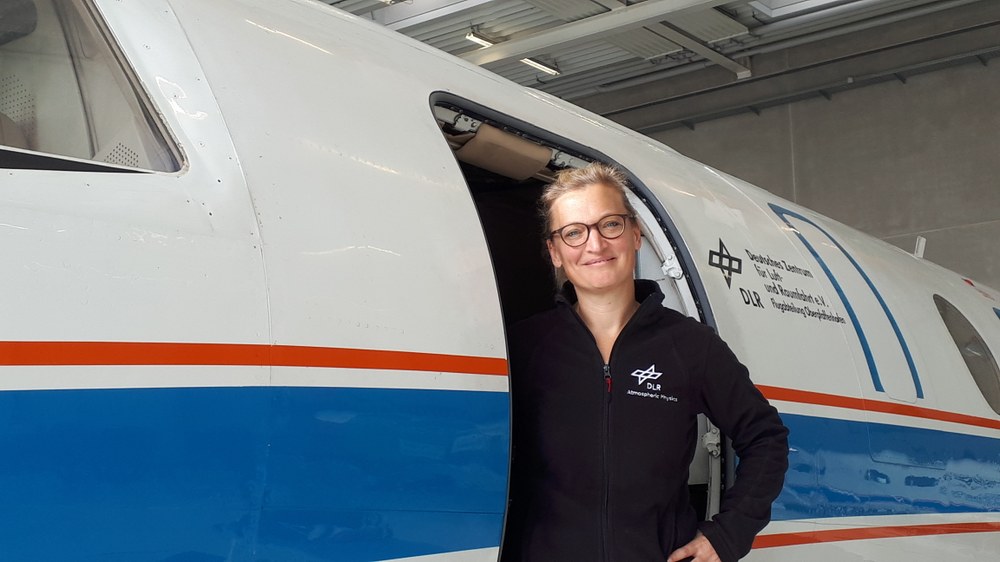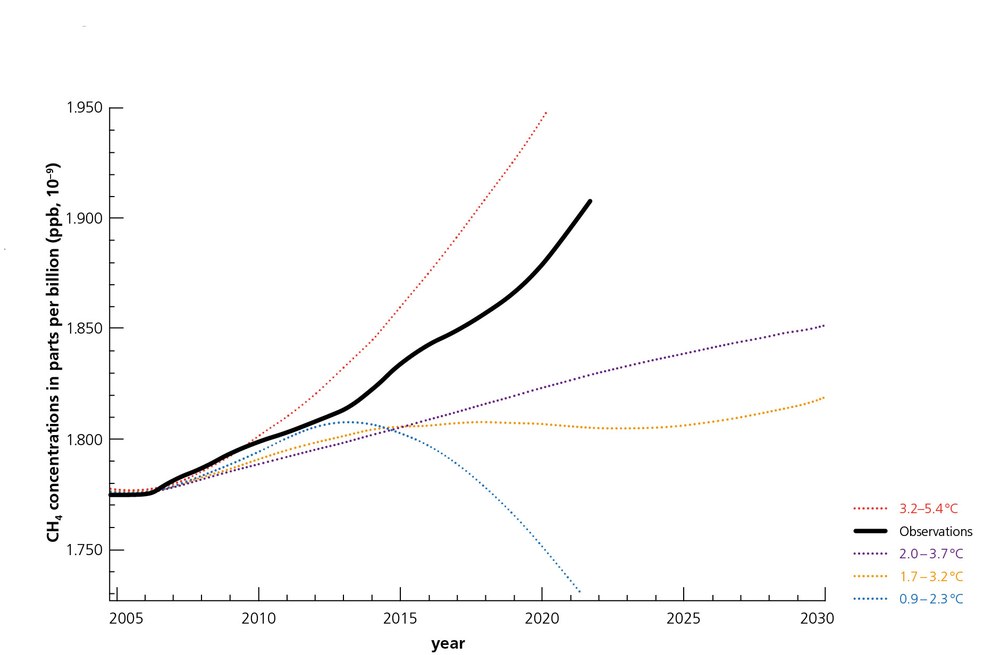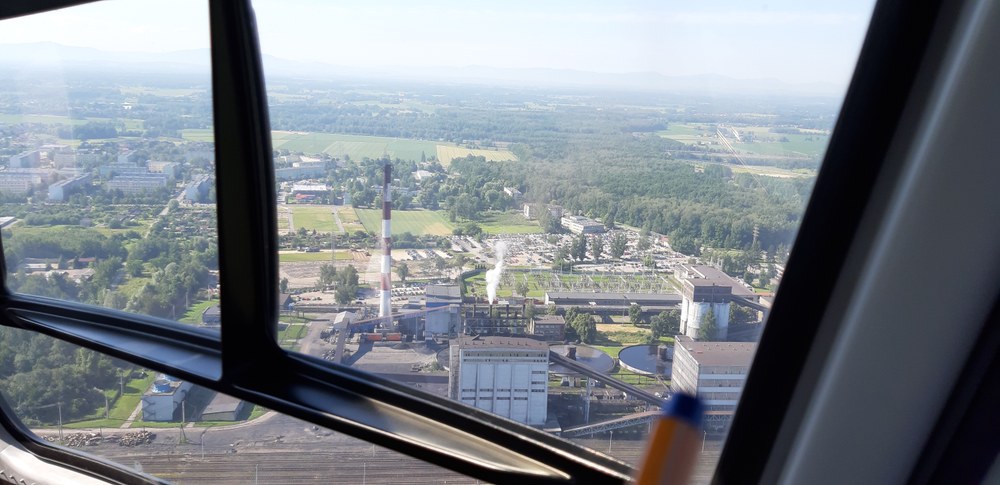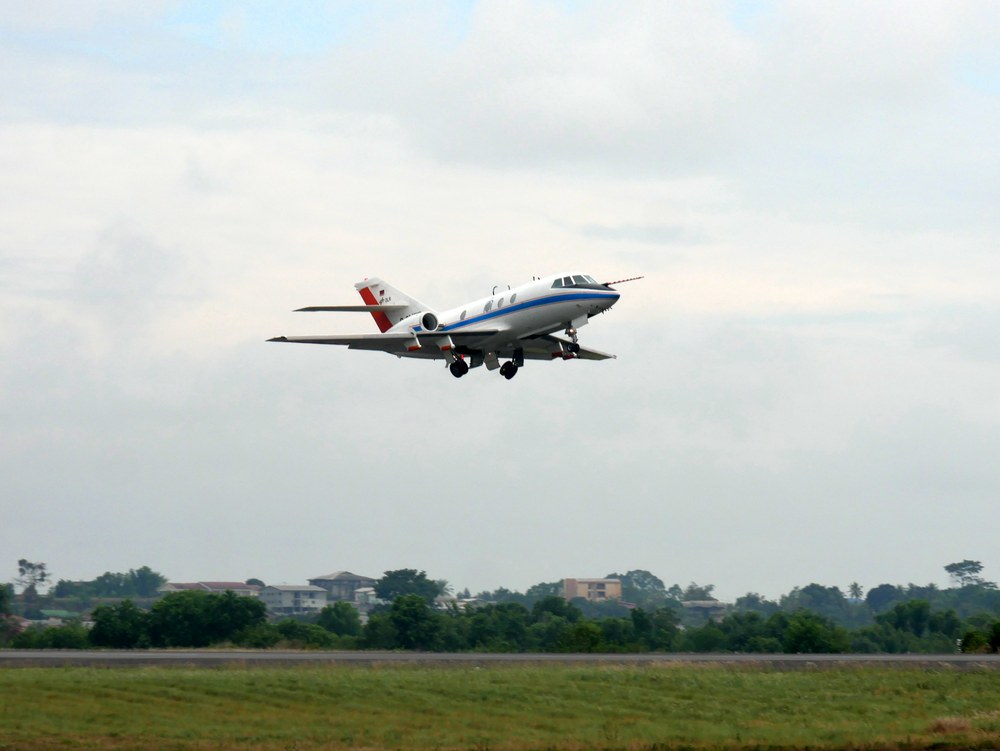No two cattle are alike

GettyImages/Catherine Falls Commercial
Methane is the main component of natural gas. It is often mentioned on the news in connection with the construction of new Liquefied Natural Gas terminals or leaks in the Nord Stream pipelines. It is also the second most impactful anthropogenic greenhouse gas after carbon dioxide and is contributing to climate change. The atmospheric concentration of this gas is now 2.6 times higher than it was at the beginning of the industrial era. By comparison, the atmospheric carbon dioxide concentration has 'only' doubled. However, methane has a lifetime of just under 10 years – at least an order of magnitude shorter than that of carbon dioxide. Overall, methane currently accounts for approximately one quarter of anthropogenic radiative forcing from long-lived greenhouse gases. The good news is that we have a true chance to slow global warming in the relatively short term by reducing methane emissions. However, the sources of methane have not yet been subject to sufficient research. Researchers at DLR are looking to change this.

The Global Methane Pledge jointly announced by the European Commission and the United States at COP 26 in Glasgow in 2021 brought the topic into political focus. The agreement aims to reduce methane emissions by at least 30 percent by 2030 compared to 2020 levels, while at the same time improving the transparency around these emissions. Over 100 nations are now supporting this commitment. "What worries us, however, is that the concentration of methane in the atmosphere increased faster in 2020 and 2021 than at any time in our records, and we don't yet have a conclusive explanation for this," says Anke Roiger, head of the Atmospheric Trace Species department at the DLR Institute of Atmospheric Physics. The concentration of the greenhouse gas has not increased in a uniform fashion over recent decades: between 1999 and 2006, the increase actually stagnated. Possible reasons for this are still the subject of heated discussion in the scientific community. However, since 2007, the atmospheric concentration of methane has been increasing again. "We are rapidly approaching the warmest scenario of the International Panel on Climate Change (IPCC), and are far from being on track for the 1.5 or 2 degrees scenario," she adds.
Methane is produced both naturally and as a result of human activities. Natural sources include the anaerobic processes carried out by bacteria in Earth's swamps and wetlands. Anthropogenic sources include the large amounts released by the decomposition of organic waste in landfills by methane-producing bacteria, farm animals such as cattle, which produce methane in their stomachs, and the oil, gas and coal industries. Emissions vary by region, season and level of activity. It is difficult to determine exactly how much each source releases. Scientific studies arrived at different conclusions as to which of these sources is responsible for the increasing levels seen in recent years. One of the initial hypotheses focussed on the unconventional method of gas production known as fracking, which has been increasingly practised in the United States since 2005. More recent studies, however, have indicated that emissions from biological sources such as wetlands or from livestock or landfills could be the culprit. Research focusing on the increase in 2020 and 2021 indicates that natural emissions from the Arctic were disproportionately high, driven by extreme weather.

Accurate methane emission measurements are challenging
When researchers attempt to assess methane emissions, they start by making approximations based on existing data. This is called a bottomup estimation. Methane emissions per cattle are calculated based on the number of cattle; methane emissions from waste management are approximated using the amount of organic waste; and methane emissions from natural gas flares are based on the amount of natural gas burned. While this serves as an initial estimate, no two cattle are alike, landfills differ greatly, and gas flaring efficiency is not always uniform. This was demonstrated by measurements conducted in the Gulf of Mexico in 2022. The findings suggest that larger quantities of methane are released in this region than previously assumed. Unintentional emissions such as leaks are even more difficult to estimate. Natural emissions, on the other hand, are extremely complex because they depend on precipitation, soil moisture, soil temperature, solar radiation and other meteorological parameters that vary on a daily basis. To add to the difficulty, wetlands are often located in remote regions such as the Arctic, Central Africa or the Amazon region, where measurements are only rarely carried out.
So far, Earth observation satellites have only been able to provide limited support to the pinpointing of emission sources. One reason for this is the long lifetime of greenhouse gases. This leads to the accumulation of carbon dioxide, methane and nitrous oxide in the atmosphere: a strong source of methane may only lead to a clear increase in methane concentration in the immediate vicinity.
Even the most modern Earth observation satellites can often only detect sources of extremely strong emissions, such as the Upper Silesian Coal Basin in Europe. Recently, they were also able to identify very strong emissions from a landfill site near Madrid. Moderately strong sources go undetected from space. "Imagine a swimming pool full of water, and then dropping a little blue paint into it. This represents a methane source," says Roiger. "As soon as you turn on the wave generator – which represents the wind systems in our atmosphere – the colour is quickly carried away and diluted at the same time. Remember that we have a large number of anthropogenic and natural sources with emission levels that vary over time across the globe. In other words, that blue paint – the methane – gets mixed up, so it is incredibly difficult to work out where it originated."
Aircraft measurements provide a more accurate picture

Together with her team, Roiger is investigating specific regions with methane sources of interest for which there is no or insufficient data. To do this, the researchers are mainly using DLR's research aircraft. Equipped with sensitive measuring devices, the aircraft fly over methane sources and measure the waste gas plumes, which spread with the wind in the lowest kilometres of the atmosphere. The data they gather provide an accurate picture of the local emission levels.
Some regions are home to an array of different methane sources. Here, the team uses measurements of other trace gases (or 'tracers'), such as ethane or isotope measurements, to help attribute the methane emissions to specific facilities or processes. The team is also using these research flights to test new measurement methods. The results of this campaign are helping the researchers understand both how much methane is being released and how it spreads. In 2022, DLR researchers carried out methane measurements over offshore oil production off the west coast of Central Africa. The natural gas that is generated, which does not serve any further use in Angola, Gabon and many other regions of the world, is mostly flared off. This creates carbon dioxide, which is less potent as a greenhouse gas than methane and makes the process at least a little bit more climate-friendly than releasing the methane directly into the atmosphere. In some cases, however, this combustion is incomplete, as shown by measurements: in others, methane is released directly in order to quickly regulate the pressure in the system or escapes due to leaks. "We see great potential for reducing emissions, specifically in the case of venting and leakages if the plants are inspected more regularly or if technologies for feeding gas back into the grid are installed. Industry could resell the gas obtained as a result, so the effort would be worthwhile," she adds.
In the same year, Roiger and her team also studied coal emissions in Upper Silesia, the region with the largest methane emissions in Europe, and emissions from the Nord Stream leaks to better understand the impact of this extraordinary event. The first measurements of emissions from livestock farming are planned for summer 2023. The scientists will then make their way to the Netherlands with the DLR research aircraft Cessna Caravan.
These investigations are being carried out within the framework of the International Methane Emissions Observatory (IMEO). The initiative was launched as part of the Global Methane Pledge by the United Nations Environment Programme and the European Commission, with the aim of using independent measurements to better quantify anthropogenic methane emissions. IMEO researchers work closely with representatives from politics and industry. "Our task is to provide reliable data and to reveal where and how much methane is expected or unexpectedly released," says Roiger, describing the role of DLR. She adds, "In this way, we are helping to create a basis for the development of effective policy measures to reduce anthropogenic emissions." A planned EU regulation to reduce methane emissions will soon see flaring and venting permitted only in exceptional cases. This should also apply to energy imports. Although active intervention is only possible for anthropogenic emissions, Roiger believes that it is also vital to gain a better understanding of natural methane emissions. There are a many important dependencies, such as the extent to which methane emissions from tropical or Arctic wetlands increase as a result of higher temperatures or increased rainfall, which are not yet clear to researchers. Understanding them will also improve our predictions for the future.

TU Braunschweig/Falk Pätzold
New satellites enable long-term, global monitoring of sources
"In the medium term, satellite observations will be the primary tool for monitoring emissions from space, as they can provide long-term, global datasets," says Roiger. DLR is preparing a small satellite mission for this purpose. CO2Image focuses primarily on identifying point sources of carbon dioxide, such as power plants, and is intended to measure their emissions worldwide. However, the mission will also be able to monitor methane sources. Several DLR institutes are involved, with the launch planned for 2026. From 2028, the Franco-German MERLIN mission will use lasers to measure global methane concentration gradients. Researchers will use the results to improve their models of regional methane emissions and thus our understanding of methane and its sources.
Natural gas – a clean bridge technology?
Natural gas consists almost entirely of methane and has a higher energy density than other fossil fuels. Gas turbines are also relatively efficient: natural gas combustion produces less carbon dioxide per kilowatt hour than other fossil fuels. However, 'methane slip' occurs unintentionally along the entire process chain, from extraction to use. This is where unburned natural gas escapes, usually due to leaks. Scientific studies show that methane leaks occur during extraction and transport, but also in urban gas distribution networks. Methane can even escape from closed production facilities. When we take account of the methane emitted, natural gas is no more climate-friendly than burning coal and oil.
An article by Julia Heil from the DLRmagazine 172



